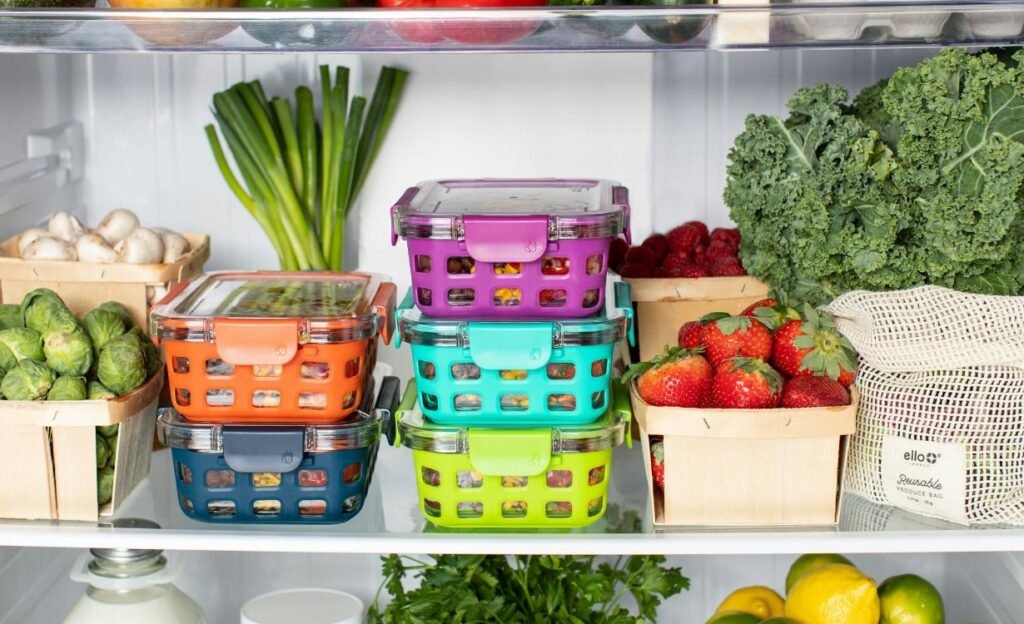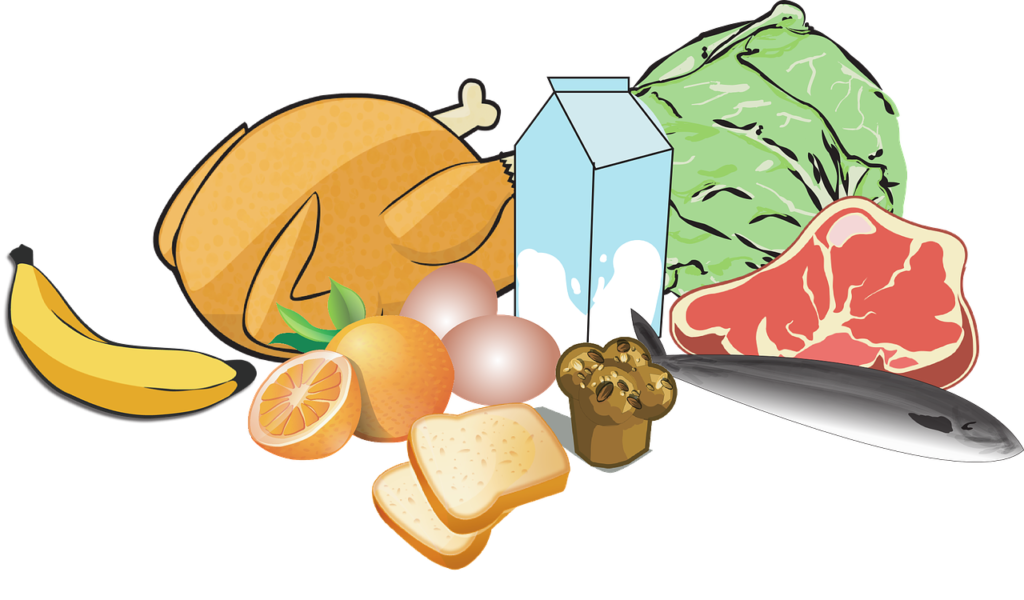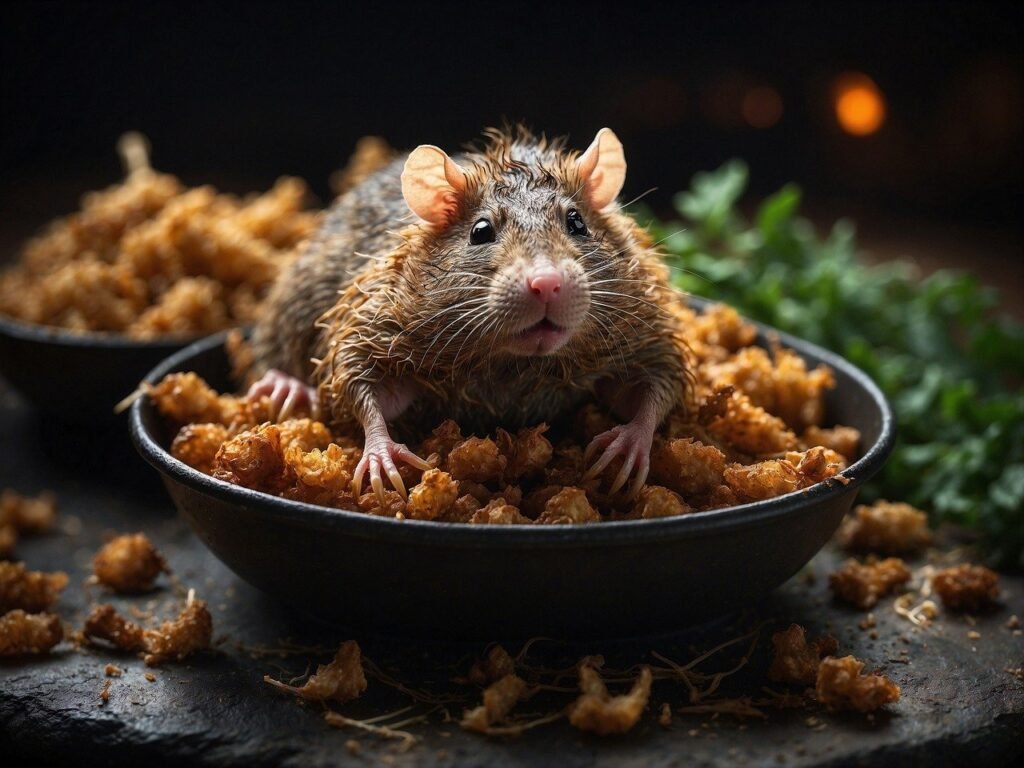This post is meant to discover which storage practice could cause cross-contamination.
But before diving into storage practices, let’s establish a clear understanding of cross-contamination.
What is cross contamination
Cross-contamination occurs when harmful bacteria from one food source are unintentionally transferred to another food.
Cross contamination in food preparation can happen during any of the food processing stages.
It may occur during transportation, handling, storage, thawing and even the final servicing.
For now we will cover the most common storage practices that can cause this health threatening risk.
Storage practices that can cause cross contamination
To get the most benefit, we will discuss only 6 of the common practices we are doing without any care.
Storing raw food above prepared food
Raw meat, poultry, seafood, and even unwashed fruits and vegetables can contain harmful bacteria on their surfaces.
When stored above cooked or prepared foods, these raw items can drip juices.
Leading to the transfer of bacteria into the prepared foods.
Storing uncovered food
Another less likely way to transfer these bacteria is when we store these foods uncovered.
There is a chance that these bacteria become airborne.
If raw food is stored above cooked food, these airborne bacteria can potentially settle on the cooked food below, even if there’s no direct dripping.
The contamination here can come from many different ways other than these bacteria on raw food.
The uncovered food is now exposed to the surrounding environment which contains thousands of pollutants.
Even insects and rodents can have a chance to get in contact with our uncovered foods causing the transfer of harmful micro-organisms.
Using the same containers for storing cooked and raw food
Many times food handlers are not following the best practices when it comes to food segregation.
This can cause direct bacterial transfer, as when different foods come into direct contact within a single container, bacteria present on one food can easily transfer to the other.
This is especially true for raw meat, poultry, and seafood, which can harbor harmful bacteria like Salmonella, E. coli, and Campylobacter.
Overcrowding the refrigerator

The situation can be found more likely at home refrigerators, as it is not common to fine many refrigerators at home.
Storing many foods inside the refrigerator can improve the likelihood of having unwanted contact between foods causing the transfer of harmful bacteria between foods.
For food business owners like restaurants or hotels, It is recommended to provide more than one refrigerator.
This can help to avoid overcrowding that is considered a common cross contamination cause.
Improper cleaning for the refrigerator shelves
When we discuss which storage practice could cause cross-contamination, we cannot neglect the housekeeping.
As it is very common to find food traces, blood and wastes on the refrigerator’s shelves from time to time.
This can provide a proper environment for bacterial transfer and cross contamination.
Even if our foods are frozen, many bacterial strains can survive and still cause harm in low temperatures.
So, it is very crucial to keep an eye on the periodic cleaning of your refrigerator.
Improper thawing practices
For sure improper thawing can definitely contribute to cross-contamination in your kitchen.
Foodborne bacteria multiply rapidly in what’s called the “danger zone,” a temperature range between 40°F (4°C) and 140°F (60°C).
Improper thawing methods can leave food in this danger zone for extended periods, creating a breeding ground for bacteria.
So, the most common mistake here is that we allow food thawing in room temperature.
Although it can cost more time, it is better to keep your foods inside the refrigerator for thawing. Approximately you need one day for each 5KG of raw meat.
Conclusion
Knowing which storage practice could cause cross-contamination, is certainly your first step to have safer meals.
Cross contamination can be life-threatening.
It is very important to avoid these practices:
- Avoid storing raw foods above or adjacent to the prepared food.
- Never keep your foods uncovered either inside or outside the refrigerator.
- Using the same container for storing different foods can transfer the bacteria.
- Always avoid overcrowding your refrigerator.
- Keep an eye on the regular cleaning for the refrigerator.
- Avoid thawing your food in room temperature.
And be sure that food storage is not the only topic we need to take care about, there are many other ways to prevent poor food safety.
We are highly recommending to put them all in front of your eyes.



